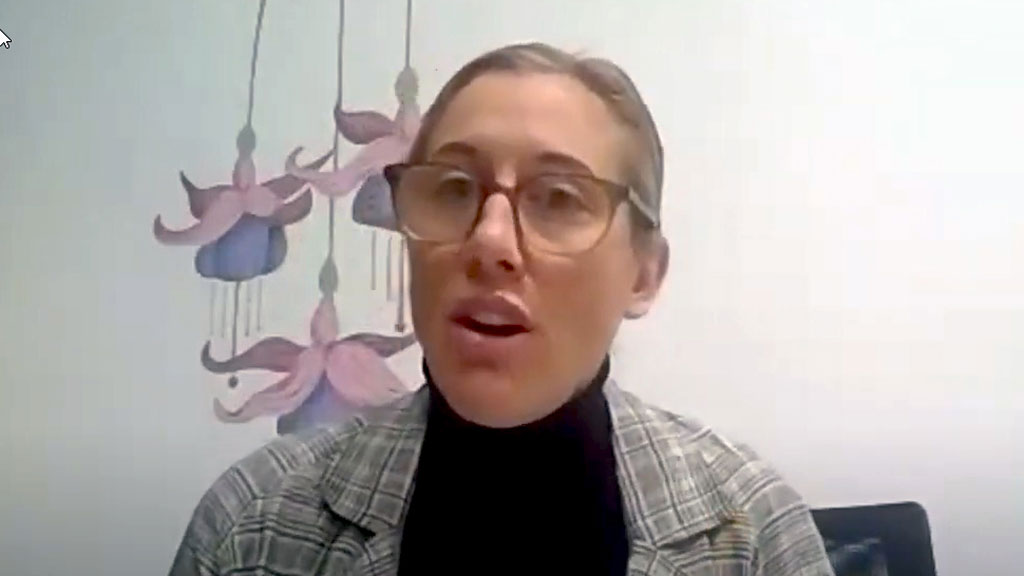Two international urban strategists recently shared their views and experiences in a panel discussion on the concept of a reset and building a better future, particularly for women and marginalized groups, after the COVID-19 pandemic.
Greer O’Donnell, an urban strategist with The Urban Advisory, New Zealand, and Miriam Nordfors, an urban planning strategist with The City Planning Office in Stockholm, Sweden, discussed systemic barriers faced by women and marginalized people in accessing opportunities, work/life balance and equitable economic benefits.
Their views were shared as part of the Women’s Leadership Initiative’s Reset Symposium — A multisector deep dive to co-create solutions for building back better, hosted virtually by the Urban Land Institute Toronto recently.
“Today’s reset is happening and the discussion of the concept of reset is happening. Many of us around the globe and here in Toronto are asking ourselves questions on so many levels,” said Leslie Woo, CEO of CivicAction, who was the moderator for the event. “A reset is not just about a new technology or a new built form or a new business model. To truly reset we will need to make a cultural shift and to shift our values and how we behave.”
O’Donnell said New Zealand has taken an active approach to mitigating the potential impacts from COVID on the economy through large amounts of investment in infrastructure and fast tracking large-scale social infrastructure projects across the public and private sectors.
“Many projects in the built environment are coming online faster than our industry would have expected, in particular in the public housing sector there is a huge program that the government is funding. Therefore, the private sector has a role in delivering but is not controlling the outcomes,” she explained. “That’s a really interesting conundrum because a lot of the built environment outcomes that we are getting as a result are not that optimal. The private sector has slowed down any kind of innovative project because of the increased risk as a result of COVID.”
In Stockholm, the private sector works very closely with the public sector and has developed a planning method where social sustainability issues are embedded in the planning practice.
“If a private actor wants to build something in Stockholm, we sign a number of agreements with them holding them accountable to what they have to do on their part to contribute to a socially sustainable Stockholm,” said Nordfors.
“We have a large area in the southern part of Stockholm that has been quite underdeveloped for some time. The city signed contracts with the builders saying you need to make sure that when carrying out these plans you need to have so and so number of people who have been away from the labour market for quite a long time so that the entire process also became inclusive for the society as a whole.”
The Government of New Zealand is starting to incorporate social procurement and principles around the employment of people from underrepresented groups into projects.
“Our market is so immature in terms of the public sector and the private sector working effectively together,” O’Donnell said. “A lot of the problem with our social procurement is that it focuses on low income wage jobs instead of trying to get people into employment and a career pathway that moves the dial from minimum wage jobs and gives them the opportunity to actually progress through a career.”
In terms of planning for the future, Nordfors said it’s important to make room for flexibility in the urban structure.
“I think it’s crucial to always ask yourself ‘what don’t I know’…and not to be afraid to say that we don’t know anything about this and we need to be open for both the unknowns that we don’t know exist but also for the things that we actually don’t know anything about,” she said.
“For us in the public sector who don’t have any money at stake it’s difficult for us to push the private sector to say ‘no, you need to make room for flexibility, you need to make room for the unknowns.’ ”
O’Donnell suggested creating a shared vision but not to seek consensus.
“Seeking consensus means you are marginalizing some perspectives and views and you’re limiting your ability to adapt to the things that come up along the way,” she explained. “You need to take the time to listen, navigate the differences early, find areas of commonality and then leave space for the change to occur over time.”
Some of the projects they are working on have 25-year delivery timelines, she added.
“I think often, especially the private sector because of the way that key performance indicators work, they are driven by outputs,” said O’Donnell. “Shifting from an outputs-based approach to an outcomes-based approach gives us a greater likelihood that we will achieve some of the change that we want and not just focus on building things.”
Follow the author on Twitter @DCN_Angela.




Recent Comments
comments for this post are closed